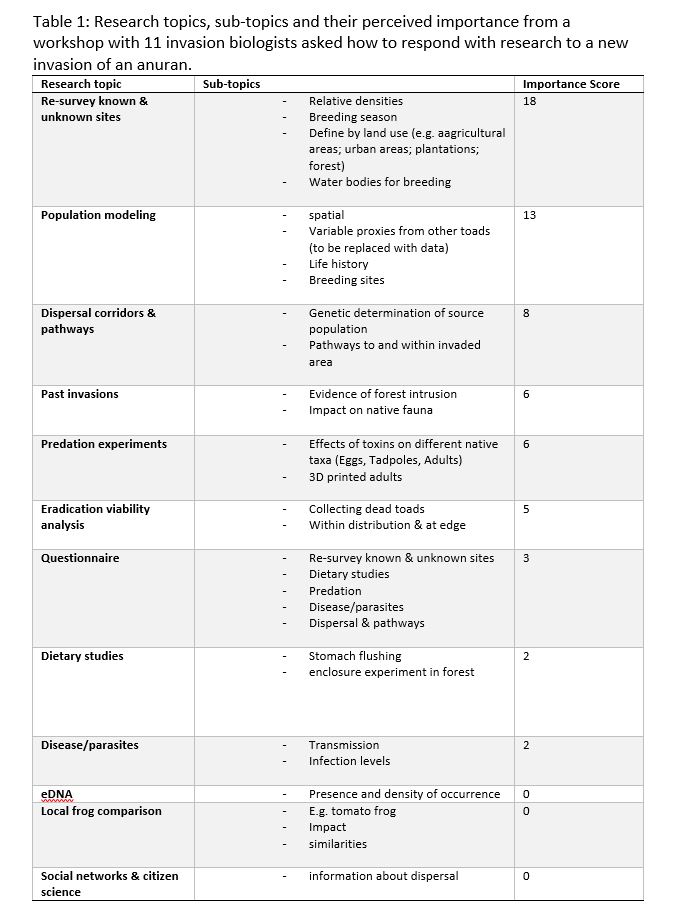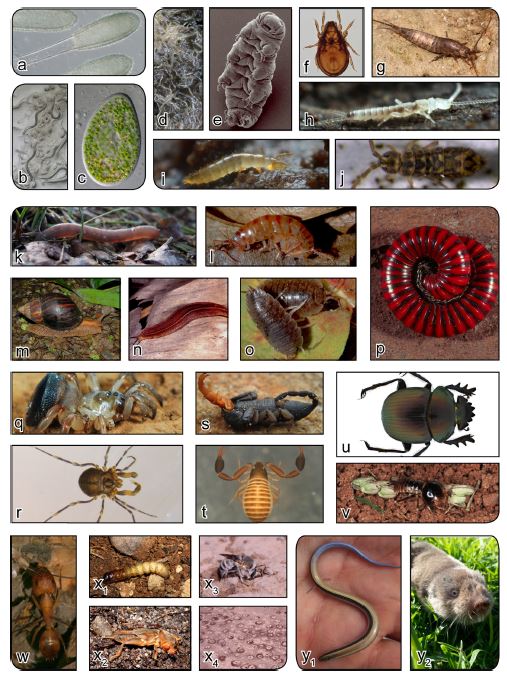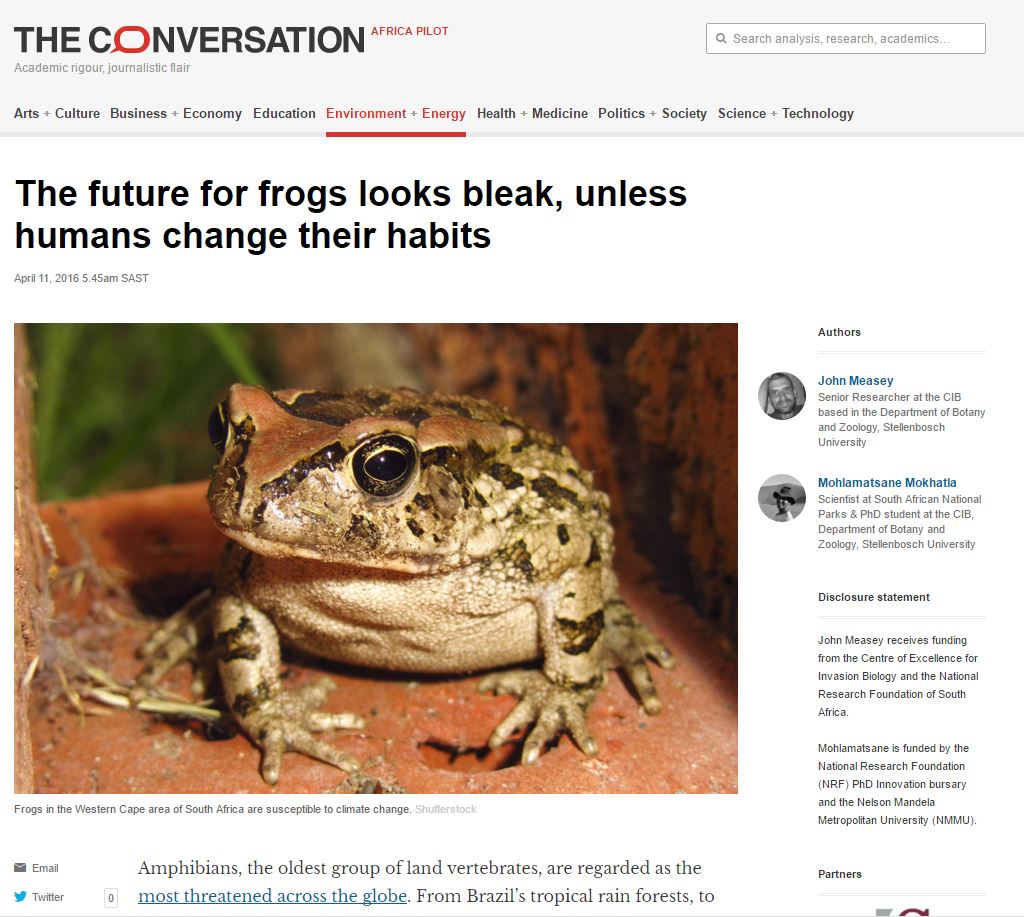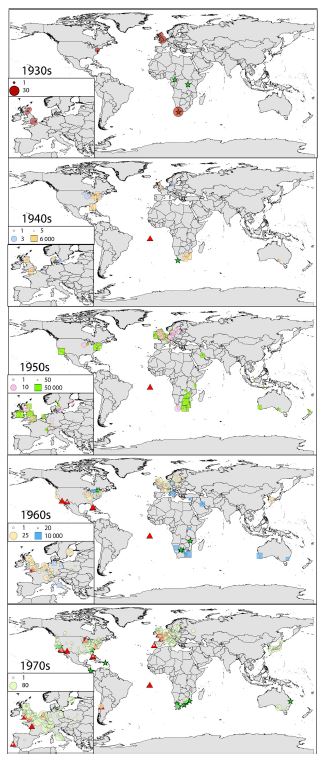Invasion Biologists’ reactions to a new invasions of anuran (specifically a toad) in a biodiversity hotspot
Workshop participants were asked to produce their top 5 research projects following the discovery of a new invasive species (as is the case in Madagascar). During a workshop process, these projects were rationalised, and sub-topics identified through discussion. It is important to note that during this discussion, any projects which were not research orientated were removed. Following this discussion, participants were then asked to vote for their top three most favoured research topics, such that the top projects received 3 points, second 2 points and third 1 point.

The results (Table 1) suggest that most people favoured projects that included survey work, population modelling and dispersal corridors and pathways. Although in 4th place, I'd suggest that the study of past invasions of this species are actually far more important. From these we should be able to learn whether or not an alien frog is likely to enter forests, and what the reaction of local predators has been over a prolonged period.
There is a caveat to the population modelling that if toads are breeding in areas too small to confidently detect, this research may not be practical. However, in an ongoing local study, this approach has been relatively fast and very informative to eradication efforts. The emphasis on dispersal and pathways reflects the need to see whether toads are likely to used anthropogenically modified habitats (such as roads) to fast-track across the island. In addition, there is a need to get more information about potential re-invasions via the port.




